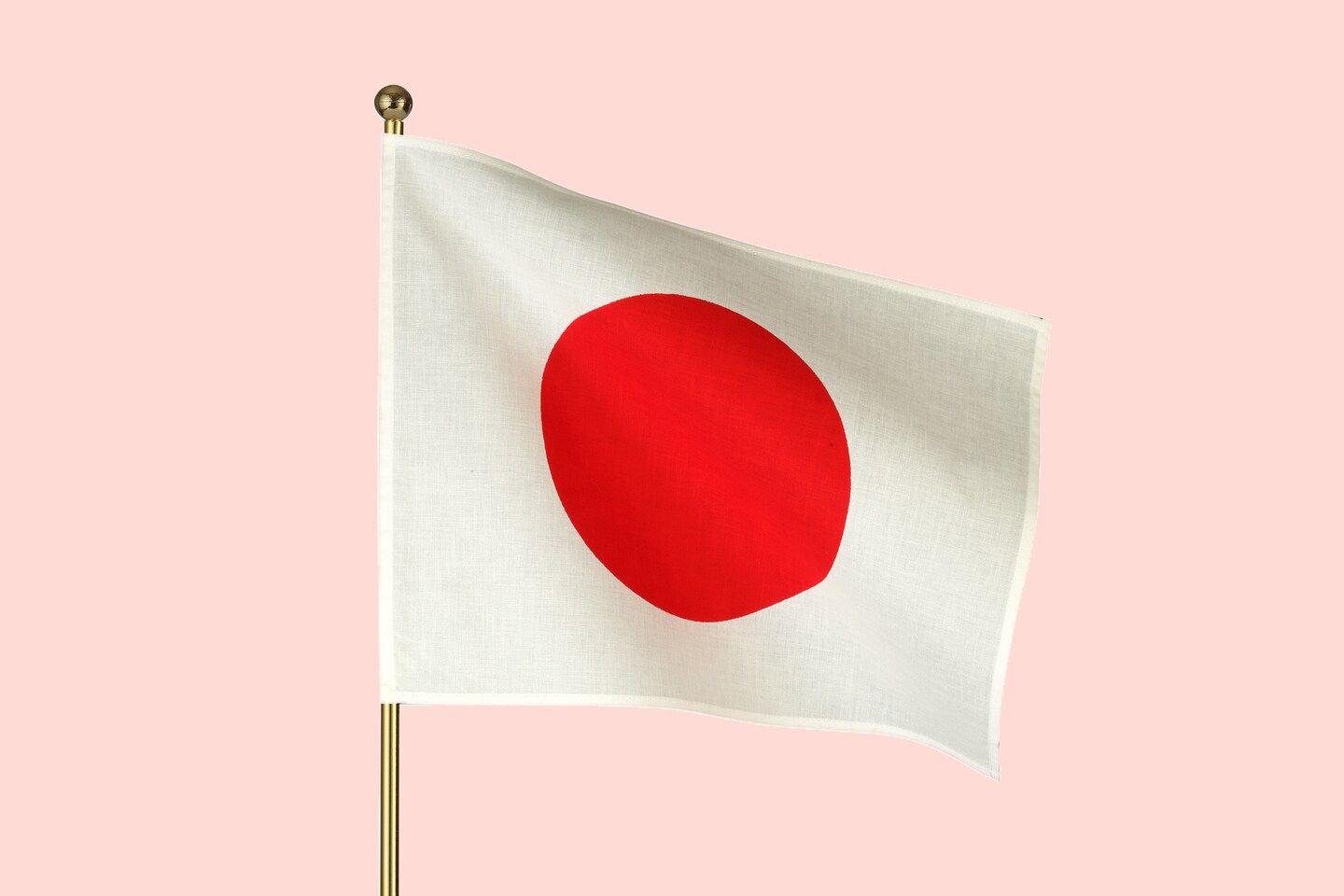Given the painstaking steps of getting approved to enter Japan, potential visitors “have to be willing to do the work,” said Catherine Heald, co-founder and CEO of Remote Lands, a luxury tour operator specializing in travel to Asia.
Japan’s Immigration Services Agency reported just 252 tourists entered the country in June (compared with nearly 32 million in June 2019). That number increased to around 7,900 in July.
“It is palpable the lack of overseas tourists,” By The Way Tokyo City Guide writer and author of “Food Sake Tokyo” Yukari Sakamoto said in an email.
Mandy Bartok, a Tokyo-based tour guide, says the slow reopening has been a hot-button issue; current protocols have been met with criticism. Still, tours are filling up fast, said Jeffrey M. Krevitt, vice president of marketing for Inside Travel Group, which owns InsideJapan Tours.
If you’re considering planning a trip to Japan, here’s what you need to know before you go.
Even though the number of people allowed to enter Japan has increased, access is “very limited,” as the U.S. Embassy in Tokyo and consulates in Japan put it.
International travelers regardless of vaccination status are allowed if they’re “sponsored by a travel agent and/or are part of an authorized travel group located in Japan.” You don’t necessarily have to join a tour group; guided independent travel is also allowed.
Either way, you have to be accompanied at all times by your licensed guide or group leader. They don’t have to eat every meal glued to your side, but expect to have chaperoning taken seriously.
“They have to sit you down and take note of which seat you’re in and just be responsible for you,” Heald said.
“And … after dinner, you can’t just go out and wander around to bars and do whatever you want unless your guide is with you,” she added.
That’s just one part of the entry requirements.
The Japan National Tourism Organization (JNTO) has a checklist for travelers on its website covering six steps: booking an approved guided tour with a company or guide registered with the government; applying for the eVisa; taking a nucleic acid amplification coronavirus test within 72 hours of your departure to Japan; downloading an app to register your test results; getting a QR code for immigration; and buying travel insurance.
There are no quarantine requirements for U.S. travelers, however those who’ve traveled in other countries in the 14 days before their trip to Japan may be required to test on arrival or quarantine.
“To be very honest, [the requirements] are changing frequently and implemented, shall we say, inconsistently,” Krevitt said. “It’s a very onerous and lengthy process.”
The U.S. Embassy warns the same and recommends travelers consult the latest regulations through Japan’s Ministry of Foreign Affairs website.
What to know about coronavirus protocols
There are signs of normalcy returning to Japan. As people start to go back to offices, “morning rush hour trains are starting to feel packed, like in pre-pandemic times,” Sakamoto said. However, there are new rules and etiquette visitors must follow.
If you hate to mask, a trip to Japan is not for you. According to government guidelines, foreign tourists are required to mask in community settings unless they’re outdoors and able to distance from others, are exercising outdoors in a park or are distanced indoors and not speaking with anyone. Failure to comply with masking guidelines may result in being asked to leave Japan, Bloomberg News reported. Additionally, the U.S. Embassy says “failure to adhere to mask-wearing norms reflects poorly on foreign residents.”
Chris Carlier, who is based in Tokyo and runs the popular Twitter account Mondo Mascotssays although there aren’t many official masking restrictions for locals, “pretty much everyone” still wears masks in public whether inside or outside.
In situations where it’s not possible to mask — like when you’re eating or using public baths — the etiquette is to avoid talking to avoid spreading droplets.
Other changes Sakamoto says visitors may notice are signs in front of shops and restaurants asking customers to mask and hand sanitizer dispensers and temperature-taking kiosks at businesses. Some restaurants take diners’ temperature before they sit down.
Festivals, sporting events and cultural performances are welcoming attendees back (with masks), sometimes at reduced capacity and/or with socially distanced seating. At some events, like wrestling matches and baseball and soccer games, fans have been asked not to cheer — although such rules are beginning to soften. Clapping is permitted.
Sakamoto says it may confuse foreigners to see strict precautions, but notes that unlike in the U.S. it’s still rare for people in Japan to have gotten covid. “For most of us it’s still something that people are afraid of catching,” she said.
Van Milton, a Kyoto-based guide for InsideJapan Tours, says the spirit of “omotenashi” hospitality — taking thoughtful care of guests — is even stronger after so many years of closed borders.
“From the family running a small ryokan in Hakone to the local ramen noodle shop owner in Osaka, people are happy to have visitors returning,” he said in an email.
On the company’s upcoming tours, travelers will experience many of the activities they could have in 2019, like eating street food in Osaka, visiting samurai castles, staying in traditional ryokan inns, taking taiko drumming lessons and soaking in hot spring baths.
Another perk: “All of those restaurants that were impossible to get into, now they’re easier to get into,” Heald said.
Bartok says given the supervision requirements, visitors should expect to have their time micromanaged and their movements limited. Sakamoto also noted that with a chaperone, visitors won’t have much freedom to wander and explore as they would pre-pandemic.
Because of that caveat, “I would tell overseas visitors to wait a little longer before making plans to visit Japan,” Kakurinbo Temple Lodge co-owner Junko Higuchi said in an email. But she is hopeful “the situation will change rapidly” for travelers to have more autonomy.
Carlier says those interested in focusing their visit on seeing temples, shrines and museums may find now an opportune time to travel to Japan. But if you want to meet new people, go to local festivals or explore the nightlife, he recommends waiting another year or two before visiting.
Hannah Sampson contributed to this report.





